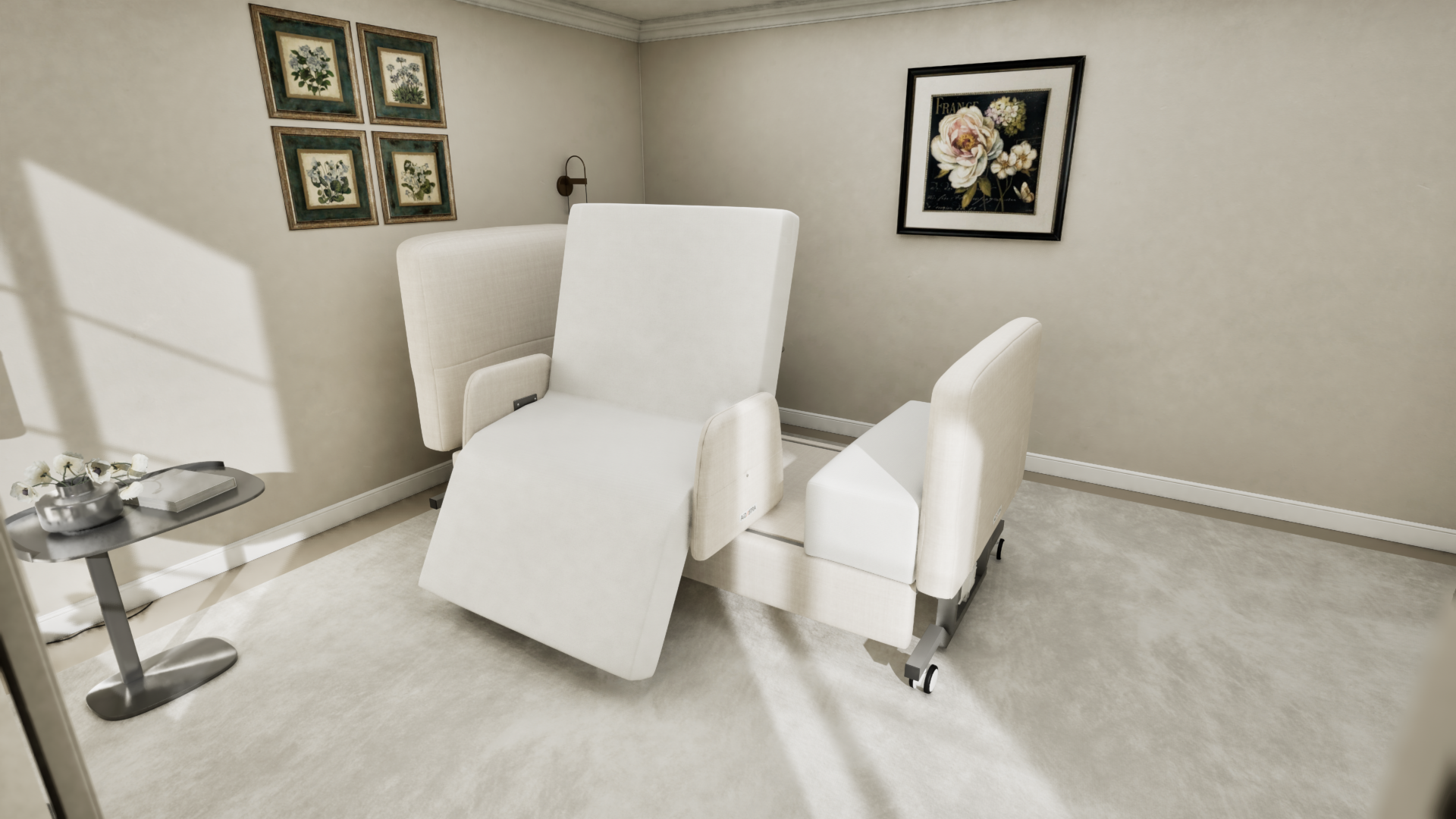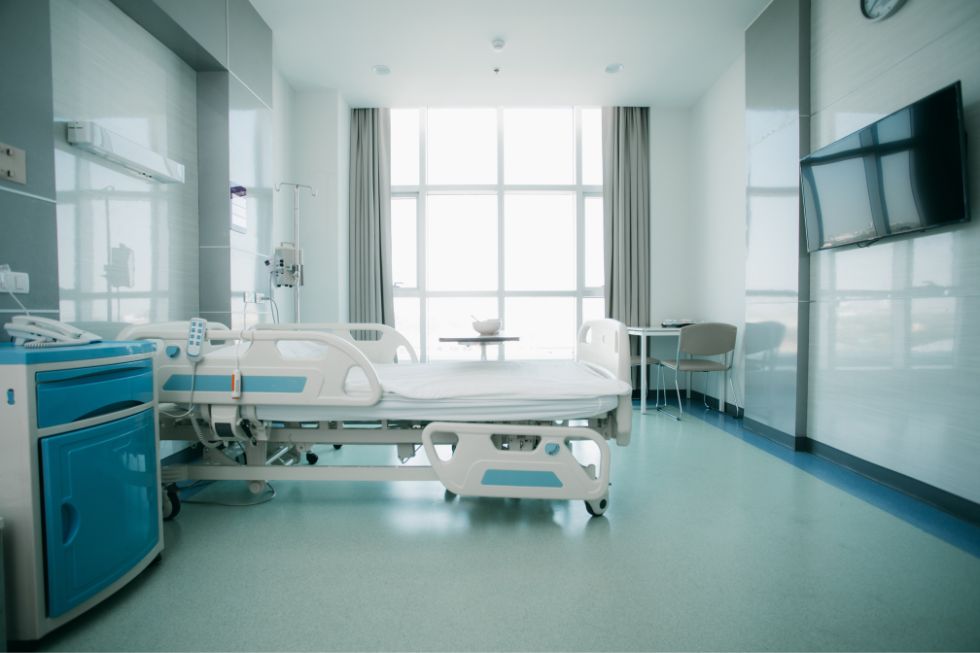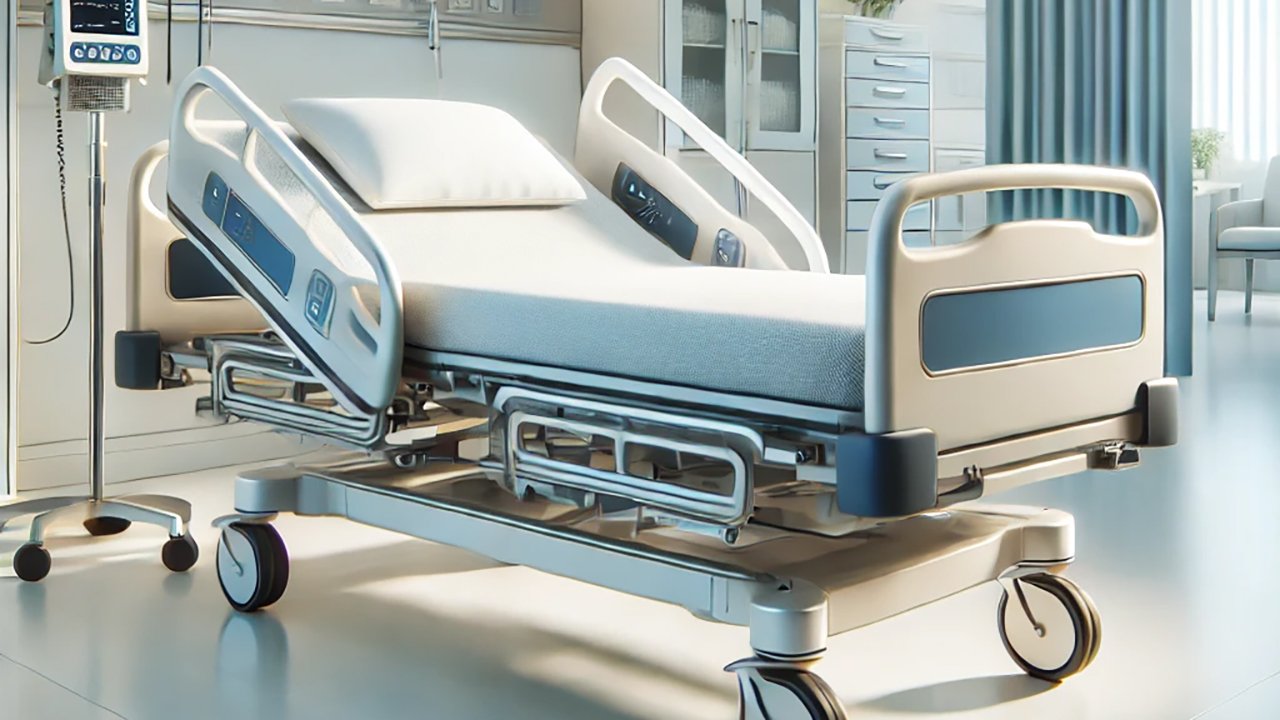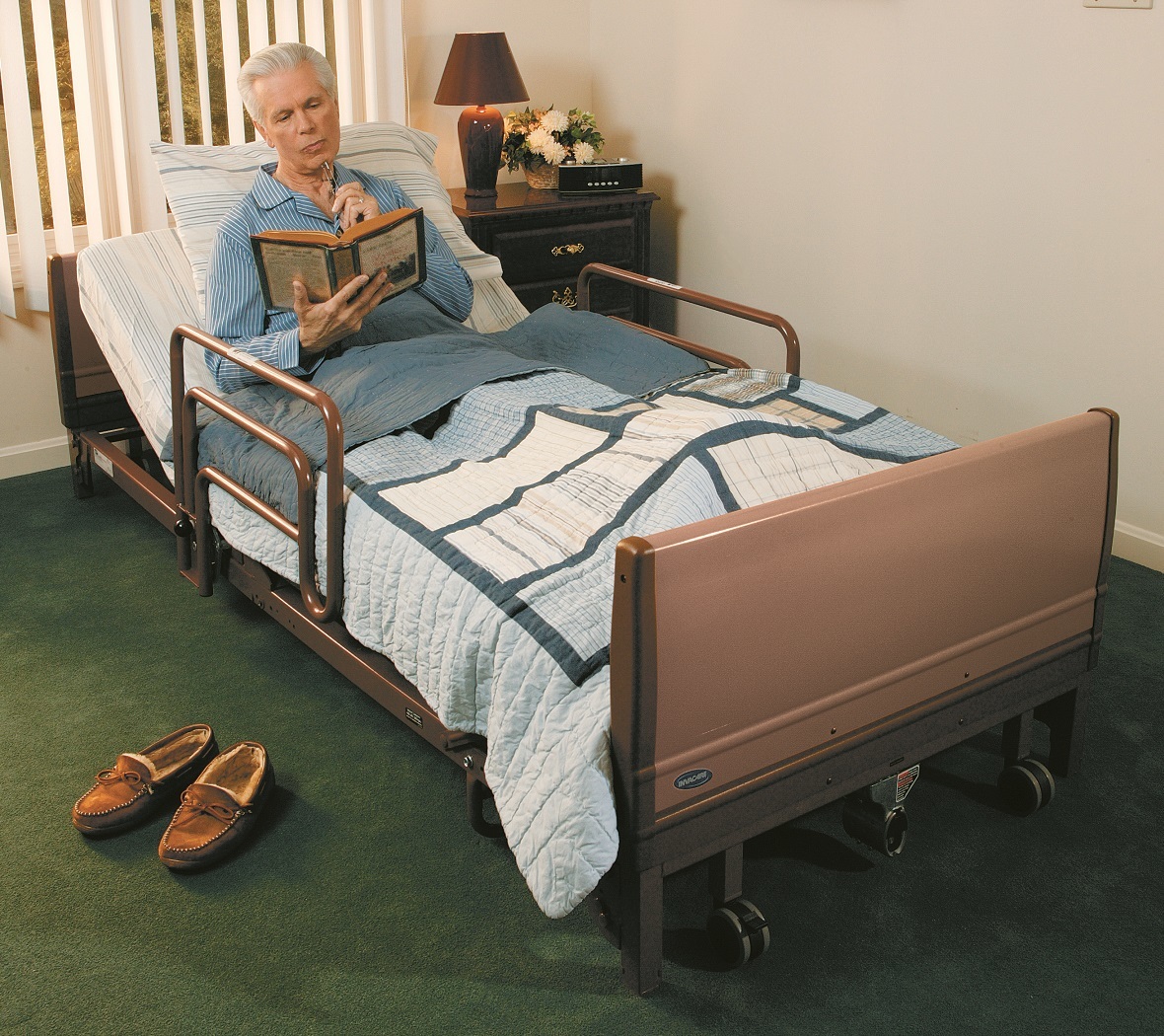The 4-Minute Rule for Hospital Beds For Home Use
The 4-Minute Rule for Hospital Beds For Home Use
Blog Article
An Unbiased View of Hospital Beds For Home Use
Table of ContentsThe Ultimate Guide To Hospital Beds For Home UseThe 7-Minute Rule for Hospital Beds For Home UseGetting My Hospital Beds For Home Use To WorkNot known Incorrect Statements About Hospital Beds For Home Use Hospital Beds For Home Use Fundamentals ExplainedNot known Facts About Hospital Beds For Home UseThe Best Guide To Hospital Beds For Home Use
There are 3 primary types of medical facility beds: manual, semi-electric, and fully-electric. More types of clinical beds exist and they are provided below. These beds utilize hand cranks to readjust the bed's height and raise and decrease the head and the foot. Hand cranks are normally discovered at the foot of the bed and call for an individual that is physically with the ability of operating.
Semi-electric beds have an electric motor to increase and reduce the head and foot portions of the bed (hospital beds for home use). Full-electric beds have an electric motor that can increase the head and foot areas of the bed as well as the entire height and positioning of the bed.
Little Known Facts About Hospital Beds For Home Use.
Some models can likewise move into more placements, such as the Trendelenburg (tilt) placement. There are several sorts of healthcare facility beds, each made to satisfy certain individual requirements. Right here are some typical types: This is the most common kind of medical facility bed, developed for general medical use. It has a manual or electrically adjustable headrest, footrest, and height.
Reduced to the ground than a typical bed. This type of bed is designed for bigger clients, with a bigger framework and higher weight capability than a basic bed.
This kind of bed is made for critically unwell individuals that require open tracking and specialized clinical devices such as ventilators and infusion pumps. This kind of bed is created for usage during labor and distribution, with adjustable placements and features to sustain the mommy and infant throughout the birth process.
Hospital Beds For Home Use for Beginners
Multiple function and the devices do expanding traction to various components of the vertebra and the extremities without relocating the human body. These are just a few examples of the kinds of medical facility beds offered. The certain kind of bed used will depend upon the individual's problem, clinical demands, and various other factors.
Right here is the point you require to know. A one-function medical facility bed is a medical bed that enables a person to relocate only the head or foot section up or down. A 2 function medical facility bed commonly describes a sort of medical bed that has 2 flexible functions to help clients in healthcare facilities or care centers.

Some Known Details About Hospital Beds For Home Use
A 7-function ICU bed is a kind of clinical bed that provides numerous flexible functions to sustain seriously sick official statement patients in a critical care unit (ICU) (hospital beds for home use). The 7 functions generally include: Back-rest modification: The back-rest can be adjusted to numerous angles to help the individual rest up or relax comfortably
Elevation change: The bed can be increased or decreased to make it less complicated for people to enter and out of bed, and for caretakers to offer treatment. Trendelenburg placement: The whole bed can be tilted to advertise blood circulation and circulation in the body. Reverse Trendelenburg setting: The bed can additionally be slanted in the contrary instructions to advertise blood flow and useful source flow in the upper body.
While more affordable than electric models, these beds need exertion for changes. The major advantages of manual beds are their cost and dependability, as they don't count on electrical power. However, the need for hands-on effort can be a constraint in situations where quick changes are necessary or where caretakers encounter physical difficulties.
Not known Facts About Hospital Beds For Home Use
Semi-electric health center beds provide an equilibrium of guidebook and electrical controls. These beds offer a suitable center ground in between manual and completely electrical alternatives, providing simplicity of usage without the full price of electric models.
Semi-electric beds are well-suited for individuals that need modest changes to the head and foot sections yet can handle without frequent height changes. This makes them a cost-efficient service for those looking for convenience and comfort without the requirement for constant repositioning. Fully electrical health center beds feature electrical controls for seamless adjustments to the height, head, and foot sections.
Specialized health center beds, such as ICU beds, lasting care beds, and bariatric beds, are carefully created to address certain clinical check my site requirements. These beds supply customized take care of varied individual groups, improving both results and comfort. In the adhering to sections, we will explore the main kinds of specialized hospital beds, detailing their specific advantages and applications.
With years of experience in manufacturing electrical linear actuators - hospital beds for home use and close partnership with the healthcare sector, TiMOTION is well-positioned to give trustworthy medical care services. Our vertically integrated firm manages every step of the manufacturing process, from design to actuator setting up, guaranteeing we supply remarkable worth and tailored options customized to your particular needs
Getting My Hospital Beds For Home Use To Work

To read more regarding incorporating these modern technologies into your items, contact us today. Additional analysis:.
Data is sourced from the Medicare Cost Record.

The Buzz on Hospital Beds For Home Use
A health center bed is a bed developed particularly for clinical purposes. It is not only an area for patients to rest, however additionally a platform for medical procedures. Unlike ordinary home beds, healthcare facility beds generally have adjustable functions, which can assist in clinical staff to make different changes according to the needs of individuals, such as transforming the elevation, inclination, and assistance angle of the back and legs of the bed.
Report this page